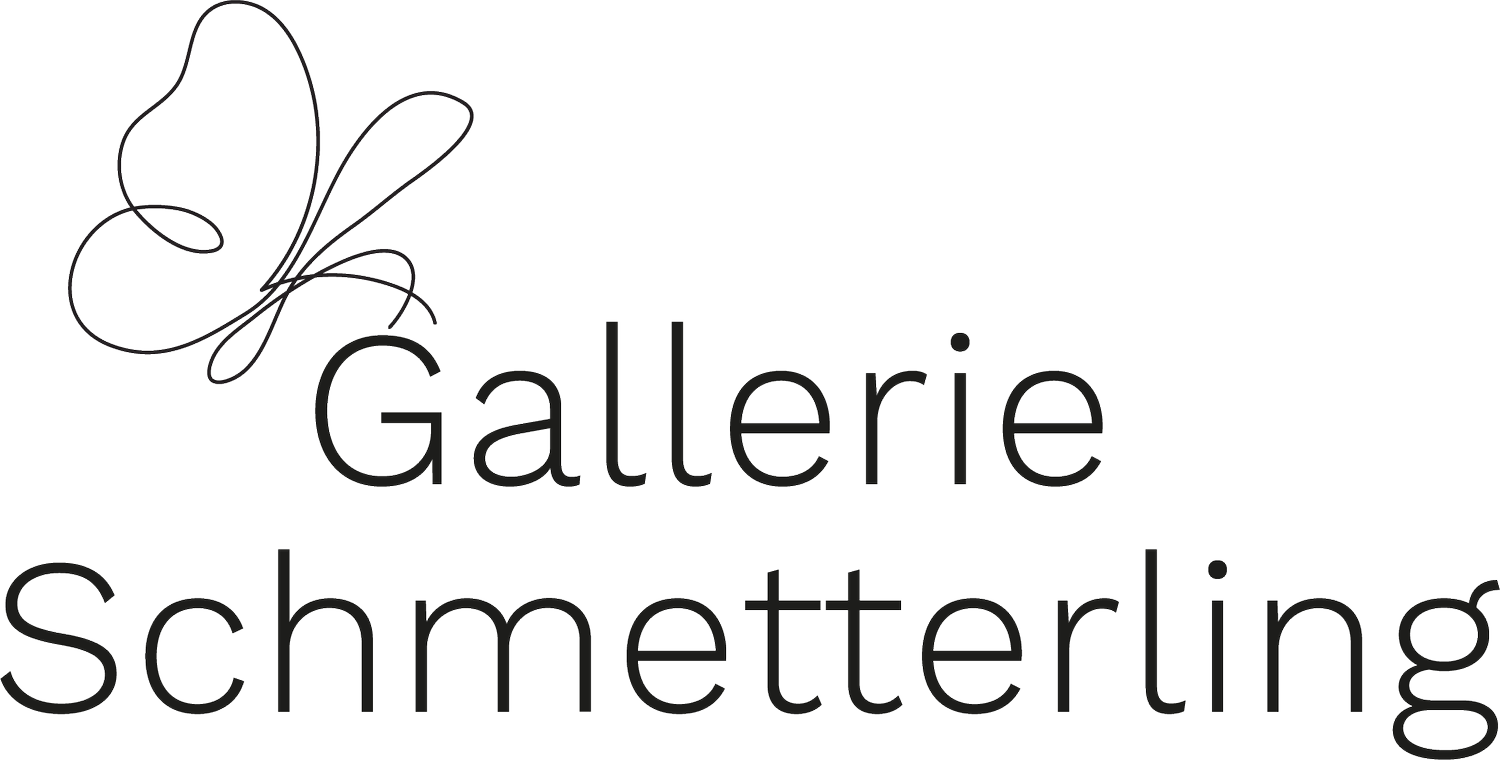Havergate Island
I always enjoy photographing wildlife; I am happy to sit in a hide at any time of the year in the hope of seeing something special. It doesn’t matter to me if I have to travel for the opportunity.
I have been trying to photograph hares. It’s not very easy to find them. I can ‘see’ the image in my mind: misty morning and hares boxing at first light… regrettably the hares have no regard for my artistic endeavours and never come out of hiding when I’m passing.
After a little research I found details of Havergate Island, just off the coast of Suffolk, it’s a RSPB wild bird haven. The hares have taken advantage of the protected status of the island and many of them live among the gorse there.
My ticket booked for the boat, which leaves at 7am sharp, I get up at just before 4:30am and drive 2 hours to the quayside. There are just eight of us on the boat. My years of experience of sitting in Scottish hides had deserted me, and I turned up with fewer than sensible layers. I decide on wearing two coats (I had a spare one in the boot) before heading out to the island, and I am so pleased that I did.
The tide is at its lowest and it takes the little boat a couple of attempts to make it close enough to the jetty to climb out. It is just after dawn and the weather is glorious, however my request for a slightly misty morning has been ignored. The island is incredibly flat and the wind just rushes over it, with nothing, not even a tree to impede it. The gorse that covers part of the island is around waist high, some maybe a little taller and some maybe a little shorter. The hares adore it. Dense and sharp, perfect to disappear into. There are, most likely, over 20 hares on the island, but they’ve never been counted, so there are likely many more. We saw maybe 6 or 7.
The hares too, didn’t care for my request for boxing and simply, sat in the shelter of the gorse, soaking up the sun, nibbling on the bushes, having the odd scratch and stretch and when they’d had enough of us, simply retreat into a bush and disappear.
I have never been this close to a hare, and they are much bigger than I was expecting. I know that they’re bigger than rabbits, but their size did surprise me. Their coats though generally brown, have subtle differences in tone that would make it possible to keep them apart, if you had more time to do that.
A small Chinese water deer sprinted away from the group, it clearly wasn’t expecting visitors. Not much bigger than the hares it quickly ran and bounced away, disappearing into nothingness. This animal like, the spoonbills that like to nest here and the Marsh harrier that stayed just far enough away not to be photographed were just some of the amazing wildlife that lives there.
About half the party had been to the island before and together with our guide Steve, they advised the best way to catch sight of a hare. Wait. If you wait long enough, they will come out of hiding and watch you, watching them. They might also run rings around you, run around behind you as you are looking in the opposite direction. On occasions it felt a little like a safari where several cars surround an animal, with four or five of us photographers trying to shoot the same hare. There was no time, though, that I was concerned that they were in anyway stressed. If someone got a bit too close, then they simple turned tail and vanished!
We were there until 1pm. There are some huts that are very occasionally occupied by RSPB rangers looking after the nesting birds. There are some solar panels, with which you can boil a kettle (tea and coffee was very warm and welcome – especially with a biscuit or two – well a drink’s too wet without one….) and a compost loo a little way off. Its amazing how little you actually need.
The time there really flew. IT was very peaceful and I have hundreds of hare photographs to go through. These are just a few.

















